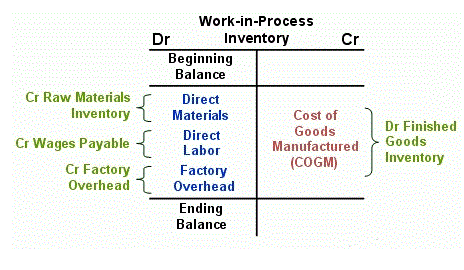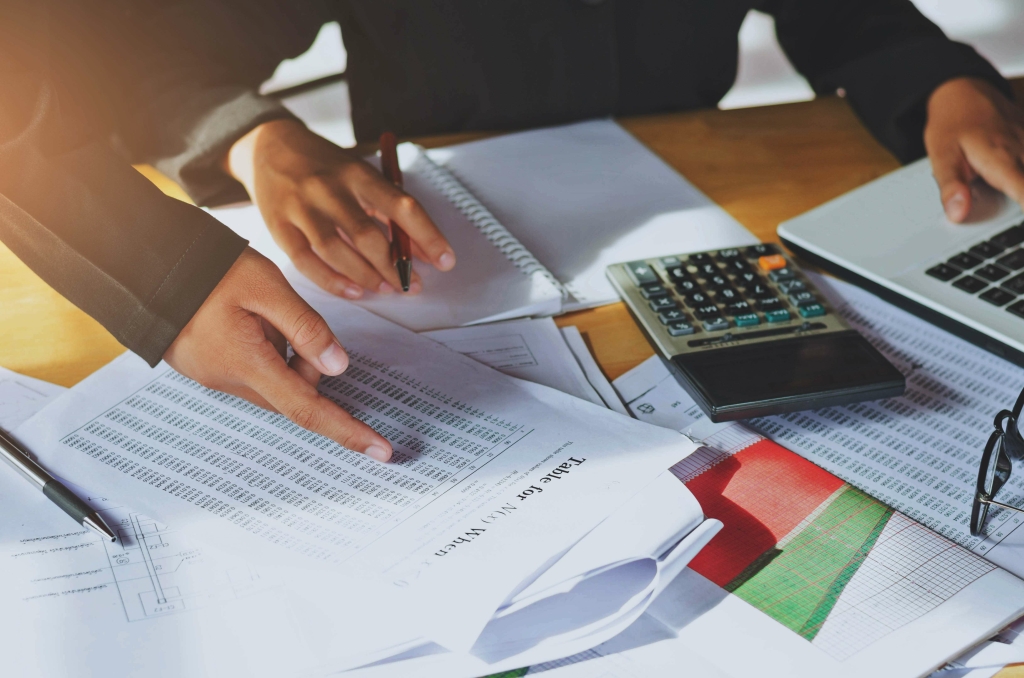
Analytics and modeling are essential tools, but as credit analysts will tell you, there’s also an art to the practice. Credit risk analytics help turn historical and forecast data into actionable analytical insights, enabling financial institutions to assess risk and https://www.bookstime.com/ make lending and account management decisions. One way organizations do this is by incorporating credit risk modeling into their decisions. This section begins by examining the risks and limitations of applying deep learning models to credit scoring. While deep learning algorithms such as MLP, CNN, LSTM, GAN, and Tab Transformer possess enormous potential, their application in credit scoring is constrained by significant challenges. Gaviti enhances credit risk analysis by automating and streamlining essential accounts receivable management processes.

Develop & Calibrate Models

Credit pricing can be done using various methods and models, such as risk-adjusted return on capital (RAROC), economic value added (EVA), or loan pricing software. Credit risk can affect anyone who deals with credit, from banks and corporations to individuals and governments. Knowing the types of credit risk can help you understand, measure, and manage them better.
The Bad Apples of Loan Brokers: How They Falsify Borrowers and Defraud Lenders
By verifying a few factors such as your company’s administrative capabilities and financial situation, the bank will decide whether you are eligible to accept direct debits. Under the new guidelines, customers are only required to register once, after which they can conduct recurring transactions without an AFA. They can also specify the amount and validity period for subsequent transactions during the registration process. Before authorizing a payment, read the fine print and understand all the terms and conditions related to recurring payments and how your bank account information will be used. Similarly, if your account lacks sufficient funds, you may incur an NSF (Non-Sufficient Funds) fee. You can start by researching the company by checking out its website, reviews, and business registrations.
- Fairness metrics—mathematical indicators used to assess whether the model treats subgroups (e.g., by gender, age, or ethnicity) equally—should also be introduced.
- These agencies analyze various factors, including financial performance, industry dynamics, economic conditions, and governance practices, to assess credit risk and assign credit ratings to issuers and debt instruments.
- Our purpose at Starweaver is to empower individuals and organizations with practical knowledge and skills for a rapidly transforming world.
- Learn from instructors who have worked at Morgan Stanley, HSBC, PwC, and Coca-Cola and master accounting, financial analysis, investment banking, financial modeling, and more.
- While traditional techniques provide an essential foundation of stability and explainability, the integration of modern, technology-driven analysis is crucial for navigating today’s volatility.
- Third, biased historical data can result in severe consequences, including unfair lending decisions, legal risks for institutions, and broader economic harm.
Compliance
These integrations not only capture the credit PDF reports but also give granular credit fields Accounting Errors for granular credit fields that can be automatically fed into the credit scoring algorithms. For example, ‘Paydex’ is a score that D&B calculates based on a customer’s historical payment performance. The credit software will automatically capture this value to use in credit scoring algorithms. For instance, if a few customers exhibit poor payment practices, you can group customers based on their payment trends.

For more information on the basics ofcredit analysis, check out this webinar:

Default refers to the failure to repay debt as agreed, including both interest and principal. Traditional credit scoring models, relying on statistical techniques, often fall short due to unmet statistical assumptions in real-world scenarios. In contrast, machine learning and deep learning algorithms, such as Long Short-Term Memory (LSTM), analyzed and applied in this chapter, operate on pattern recognition in data, proving effective in predictive modeling.
- It is a vicious cycle; the speculation makes it even harder for the borrower to repay.
- Ultimately, the techniques and methodologies outlined in this article provide a roadmap for managers, risk professionals, and MBA graduates eager to tackle current and future challenges in credit risk analysis.
- Mitigate risk and make faster credit decisions with AI-powered workflows & real-time risk alerts.
- Unlike traditional statistical models, complex black-box AI systems require robust mechanisms to ensure explainability, accountability, and governance.
- With automated credit application software, you can create a daily work list of prioritized customer accounts for analysts to review with automated credit workflows.
- Whether it’s subscriptions or regular bills, auto debit can keep your cash flow stable and reduce administrative headaches.
- These integrations not only capture the credit PDF reports but also give granular credit fields for granular credit fields that can be automatically fed into the credit scoring algorithms.

The conclusion summarizes the findings of the credit analysis, highlighting key strengths and risks. The decision involves whether credit risk definition to extend credit, and if so, under what terms and conditions. For example, a debt-to-income ratio below 36% is generally considered good for individuals, while different industries have their own specific benchmarks based on financial norms and risk factors. This context helps in understanding the external pressures that could affect the borrower’s ability to repay.

